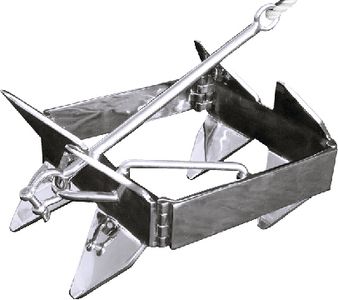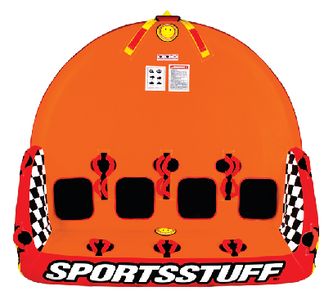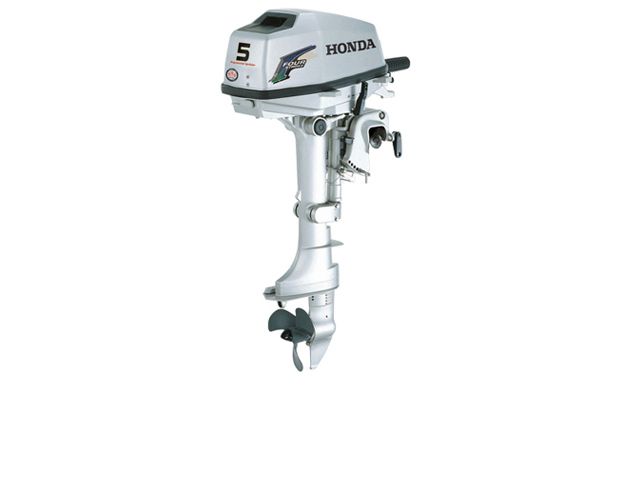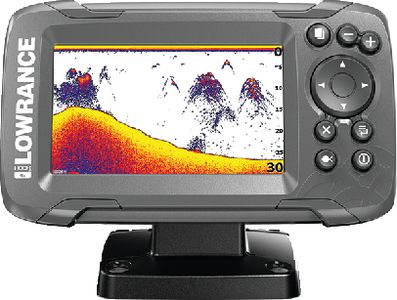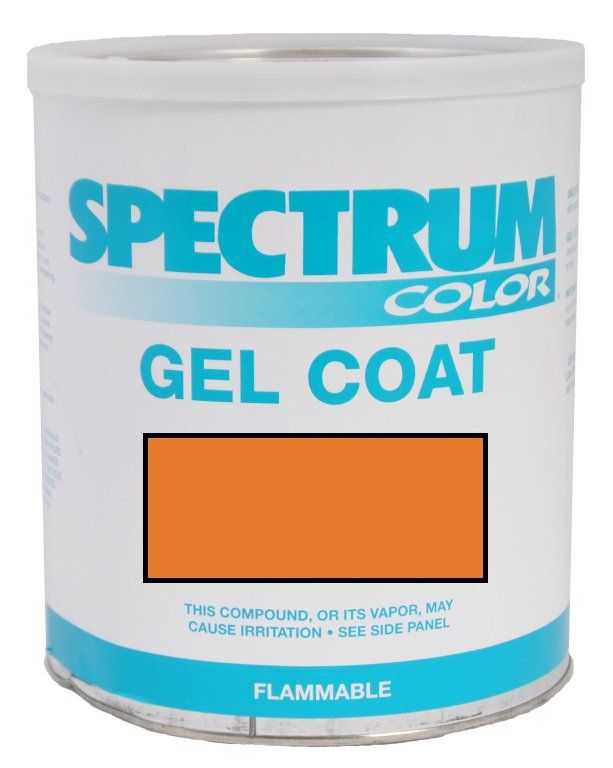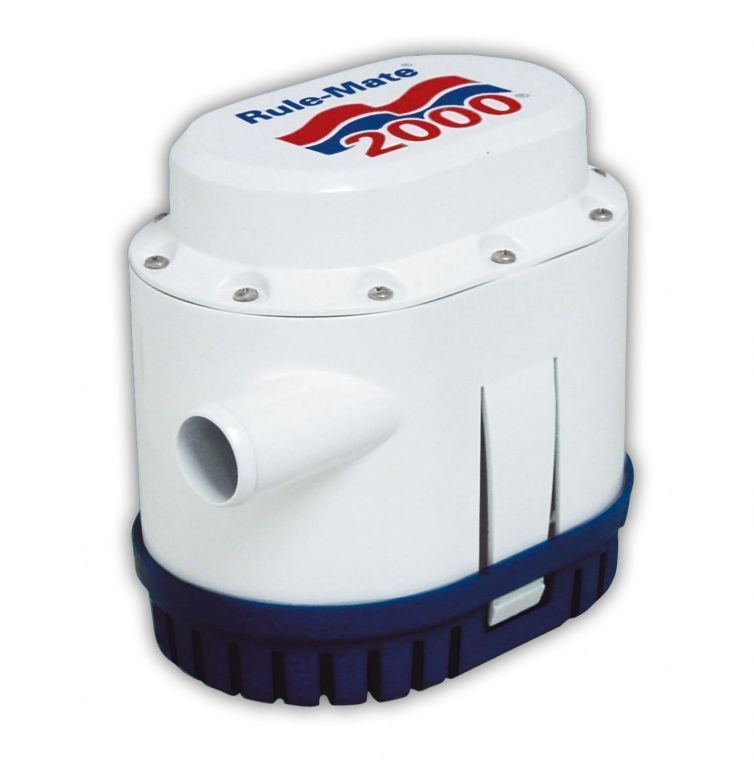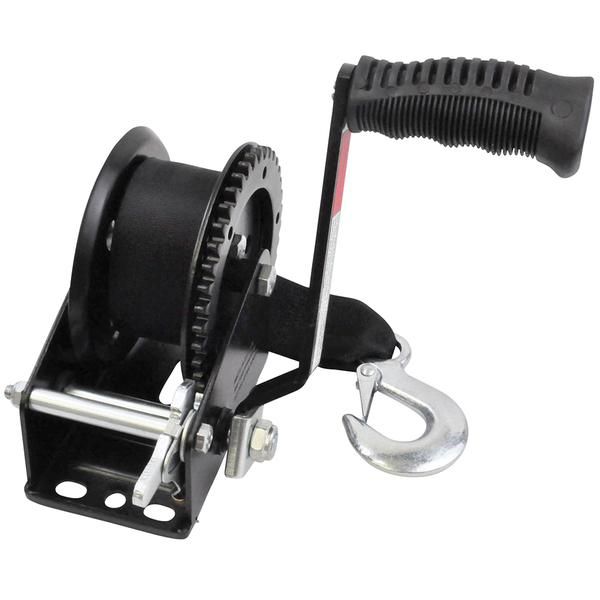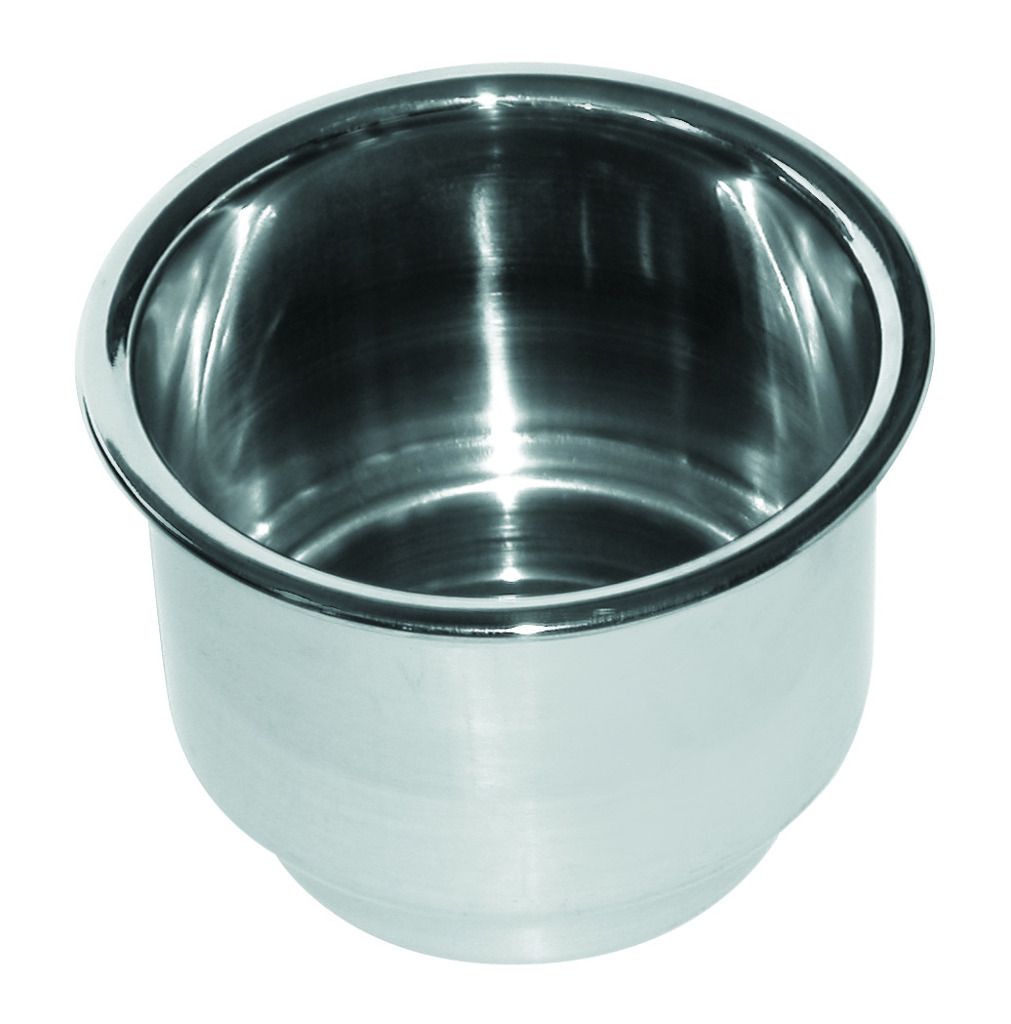Re: E3 diamondfire spark plugs...WHOA BABY!!
While I was in HS I was a bit of a rodder and spent the better part of grade 11-12 in our school auto shop, I had a great teacher in that as long as we performed service to vehicles as they came in and helped teach the younger students our group of gear heads had free reign to do what we wanted in the shop.
In between engines I built and teachers cars that came in and out I took a great interest in the Champion spark plug tester that sat unused in the corner of the shop, it was very simple in that it only needed 120V power to run and compressed air to test plugs out in the compression chamber, the teacher seen it more as a teaching tool but I soon found other uses for it...long before there were "splitfire" and "v-groove" plugs I was testing those very same designs with little more than a handful of old plugs and a file and grinder and the shop plug sandblaster.
I soon found out that all those fancy plug electrode shapes had little to do with how long a plug would fire as pressure went up, all those delicate ground electrode shapes would open the spark kernel up to incoming airflow and would extinguish earlier. I was doing similar testing on my 69 Mustang with a 351W as I made plugs to see if there was any difference in real life and all I found was that a hot rodded engine would burn those tiny ground electrode projections off at high rpm...so much for fancy shapes.
Next I tried grooving the center electrode and all that did was make the spark kernel focus on one of the edges surrounding the groove concentrating the wear to one edge or the other...at least my real world testing showed they didn't break down catastrophically but it was obvious removing material from the center electrode made them wear faster...so much for grooved center electrodes.
Around that time I picked up a great book written by a great racing engineer, Smokey Yunick's "Best Damn Garage in Town". As a young impressionable mind I devoured that book and savored every page, I don't think I put it down until it was finished...probably took me 8 hours to read it once through and another week to dissect every page to find material I could use to make my car faster. Thanks Smokey, you made me what I am today.
In that book he discussed spark plug shapes and designs he tried during his racing career and his experiments mirrored my own experience...except for one. He mentions the only design that made any sense and lasted the longest plus made more power on the dyno was the shortened ground electrode. Essentially you cut/grind off half of the ground electrode so you expose half of the center electrode to the chamber which gives some shrouding to the kernel but enough exposure without causing extinguishing at high rpms.
Intrigued I grabbed a spark plug at school the next day and did exactly as described and low and behold he was right, that plug would spark at higher pressures and was definetely brighter in the plug chamber due to the greater exposure of the center electrode, I even tried removing the orifice in the incoming air line to see if high air flow caused the spark to extinguish, guess what it was almost equal to the standard plug and way better than my previous designs. Guess the standard plug design wasn't so bad after all.
I went out and bought a new set of plugs the next week and modified them according to Smokey and did some testing in my Mustang. Not only did the plugs cure a mild stumble I had off the line (slightly rich mixture with a Holley 650DP) but I gained about 200 rpm before spark scatter killed the rpm around 6500 with the poor single points ignition I had at the time.
So if you want the best working HP plugs money can buy take a plain set of standard plugs and grind off half the ground electrode, they ignite rich mixtures better and will offset spark scatter if you have a weak points ignition system. They last almost as long as a plain set of factory plugs and cost almost nothing to duplicate, if you really want to get fancy you can index the plugs in the chamber but in my testing you need to buy a lot of plugs to get a set that will index properly...not to mention you need to experiment to find which way they should face. There was a mild performance increase with indexing but mostly it was idle stability that improved.
So there ya go, everytime I see some goofy plug design come out I laugh because either I tried it at one time or the idea is just stupid to anyone who has done this kind of testing. BTW you should have seen the stuff I did with Mazda Rotary plugs trying to find an improvement...guess what...the plain jane factory NGK's four ground electrode plugs were the best.
Sometimes the factory stuff just works, go figure the mfg would know what works best with their products huh?


